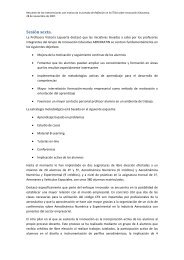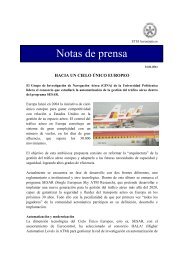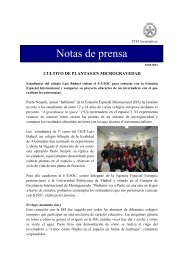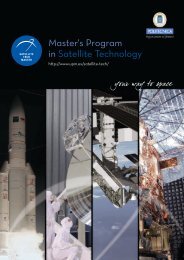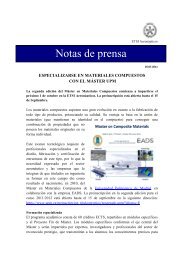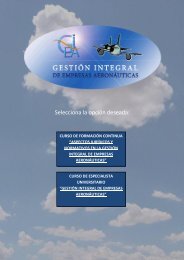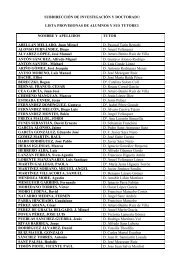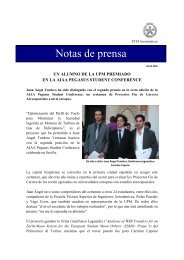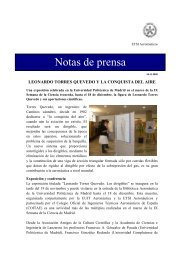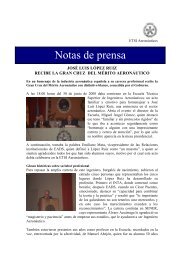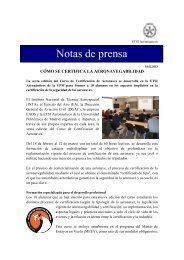Flightpath 2050 - European Commission - Europa
Flightpath 2050 - European Commission - Europa
Flightpath 2050 - European Commission - Europa
You also want an ePaper? Increase the reach of your titles
YUMPU automatically turns print PDFs into web optimized ePapers that Google loves.
Foreword<br />
by Siim Kallas, Vice-President of the <strong>European</strong> <strong>Commission</strong> and <strong>Commission</strong>er for Transport, and<br />
Máire Geoghegan-Quinn, <strong>Commission</strong>er for Research, Innovation and Science<br />
Europe is entering a new age where it faces many challenges such as globalisation, a<br />
financial system in need of reform, climate change and an increasing scarcity of resources.<br />
This is why the <strong>European</strong> air transport system is directly concerned by new challenges<br />
regarding its competitiveness, performance and sustainability. The <strong>European</strong> manufacturing<br />
and service industry is strongly affected by globalisation, new competitors, new markets and<br />
the need for innovation. Sustainable mobility is at stake, as are millions of jobs and billions of<br />
Euros of added value. Research and innovation are key to maintaining Europe’s capacities and<br />
competitiveness and it is time to align efforts towards a new long-term vision for this sector.<br />
We invited key stakeholders of <strong>European</strong> aviation from the aeronautics industry, air traffic<br />
management, airports, airlines, energy providers and the research community to come<br />
together in a High Level Group to develop a vision for Europe’s aviation system and industry<br />
by <strong>2050</strong>. The aviation community responded enthusiastically and produced this important<br />
document which focuses on two main challenges: meeting the needs of our citizens and the<br />
market as well as maintaining global leadership.<br />
The strategy addresses customer orientation and market needs as well as industrial<br />
competitiveness and the need to maintain an adequate skills and research infrastructure<br />
base in Europe. By <strong>2050</strong>, passengers and freight should enjoy efficient and seamless travel<br />
services, based on a resilient air transport system thoroughly integrated with other transport<br />
modes and well connected to the rest of the world. This will be necessary in order to meet the<br />
growing demand for travel and to cope more easily with unforeseeable events.<br />
It should also help to reduce aviation’s impact on citizens and the environment. Aviation has<br />
an important role to play in reducing noise as well as greenhouse gas emissions, regardless of<br />
traffic growth. Aviation must move towards more sustainable energy sources. It should live up<br />
to the highest levels of safety and security to ensure that passengers and freight as well as the<br />
air transport system and its infrastructure are protected.<br />
The vision set out in this document stresses the need for an innovation friendly environment<br />
relying on strong, sustainable and coherent investment in research and innovation and<br />
enhanced governance, funding and financing structures.<br />
Research, technology and innovation are essential catalysts for a competitive and sustainable<br />
future and we need to start quickly to be effective. This document setting out a <strong>European</strong><br />
vision for the future of aviation emphasises where those working in aviation see the priorities<br />
for the relevant policy, research and innovation instruments. It is a high-level vision of Europe<br />
leading with an aviation industry that is clean, competitive, safe and secure.<br />
Siim Kallas<br />
Máire Geoghegan-Quinn<br />
3



